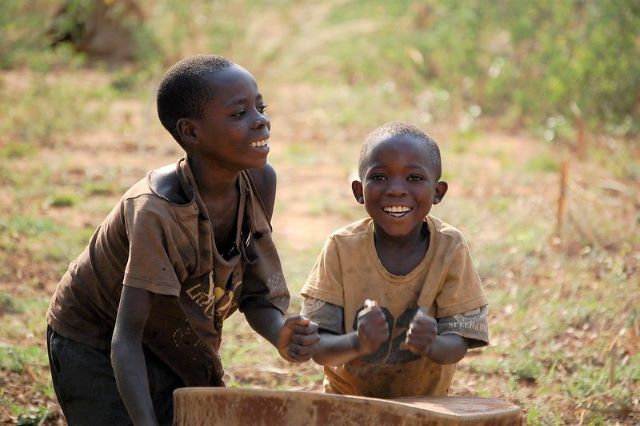 The East African country of Burundi is one of the poorest in the world. Its meager economy relies heavily on rainfed agriculture, which employs approximately 90% of the people there. Burundi is Africa’s most population-dense country and nearly three out of every four people live below the poverty line. One of the lamentable realities of Burundi’s poverty is the effects it has on children. Child poverty is a serious issue in Burundi and the country has a current score of 5.46/10 on Humanium’s “Realization of Children’s Rights Index.” Burundi is deemed a black level country by Humanium, meaning that the issue of children’s rights is very serious.
The East African country of Burundi is one of the poorest in the world. Its meager economy relies heavily on rainfed agriculture, which employs approximately 90% of the people there. Burundi is Africa’s most population-dense country and nearly three out of every four people live below the poverty line. One of the lamentable realities of Burundi’s poverty is the effects it has on children. Child poverty is a serious issue in Burundi and the country has a current score of 5.46/10 on Humanium’s “Realization of Children’s Rights Index.” Burundi is deemed a black level country by Humanium, meaning that the issue of children’s rights is very serious.
The State of Child Poverty in Burundi
In Burundi, 78% of children live in poverty. Poverty especially affects children in the rural parts of the country. Poverty also disproportionately affects children of the indigenous Batwa people. Additionally, child poverty in Burundi has seen an unfortunate and notable increase since 2015, when violent unrest occurred following President Pierre Nkurunziza’s announcement of a third term, which was unconstitutional. The roots of the poverty problem in Burundi stem from a few different factors, the most predominant one being hunger.
Chronic Hunger in Burundi
Despite having an agriculture-centric economy, more than half of Burundians are chronically hungry. The lack of food in the country is due to the fact that even at the peak of the harvesting season, food production is too low to sustain the population. Food production in Burundi can only cover a person for 55 days of the year. The lack of food also means prices are much higher. As a result, it is not uncommon for households to spend up to two-thirds of their incomes on food, even during harvesting season. One reason for Burundi’s difficulties in growing enough food has been frequent natural disasters that destroy crops and yields.
Hunger and Education
Hunger is so prevalent and intense in Burundi that despite having free and compulsory school for children between the ages of 7 and 13, the country faces growing dropout rates due to hunger. Another problematic issue for Burundian children facing poverty is schooling after the age of 13. After 13, school is neither free nor compulsory, making it exponentially less accessible and thus reducing opportunities for upward mobility. Much of Burundi’s education system has been negatively affected by Burundi’s civil war, as schools were destroyed and teachers were unable to teach.
Street Children in Burundi
Burundi has many “street children.” As the name suggests, these children live on the streets and are incredibly poor, left to fend for themselves. Street children have no humanitarian assistance from the government and consistently face police brutality, theft and arrests. Kids in Burundi become street children because families are sometimes too poor and hungry to stay together or they have to flee from child abuse or family conflict.
Organizations Addressing Child Poverty in Burundi
Although the reality of the child poverty situation in Burundi is dire, there are good things being done to improve the situation. While the government in Burundi is not providing adequate help, there are several humanitarian organizations providing assistance to those in need.
The NGO, Humanium, works on raising awareness, partnering with local projects to help children and providing legal assistance to victims of children’s rights abuses. The World Food Programme (WFP) has also been working in Burundi since 1968 by providing food such as school meals, malnutrition rehabilitation to starved children and helping to improve food production. Additionally, organizations like Street Child are working to build schools and eliminate as many barriers to education as possible for children in Burundi and elsewhere. Groups like the WFP, Humanarium and Street Child do substantial work to help children in Burundi. It is vital that the work continues and that more organizations participate in alleviating child poverty in Burundi.
– Sean Kenney
Photo: Flickr
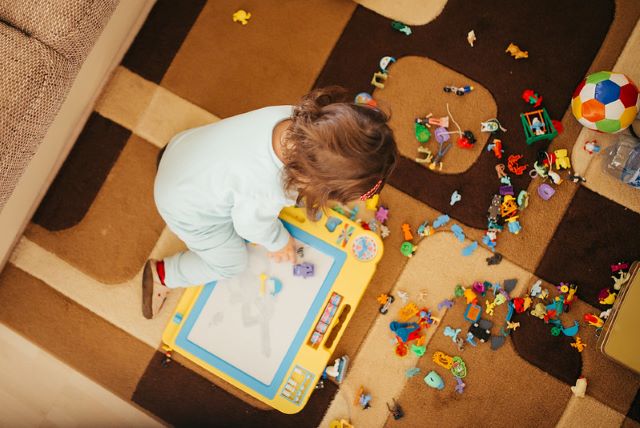 For kids of all ages, making a list of toy requests for Santa is one of the most exciting times of the year. Yet for children living in the world’s poorest regions, there is no Santa, presents or toys. UNICEF estimates that across the world,
For kids of all ages, making a list of toy requests for Santa is one of the most exciting times of the year. Yet for children living in the world’s poorest regions, there is no Santa, presents or toys. UNICEF estimates that across the world, 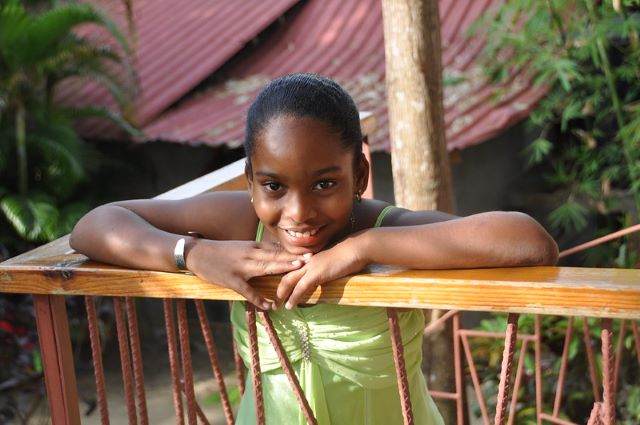 A whole
A whole 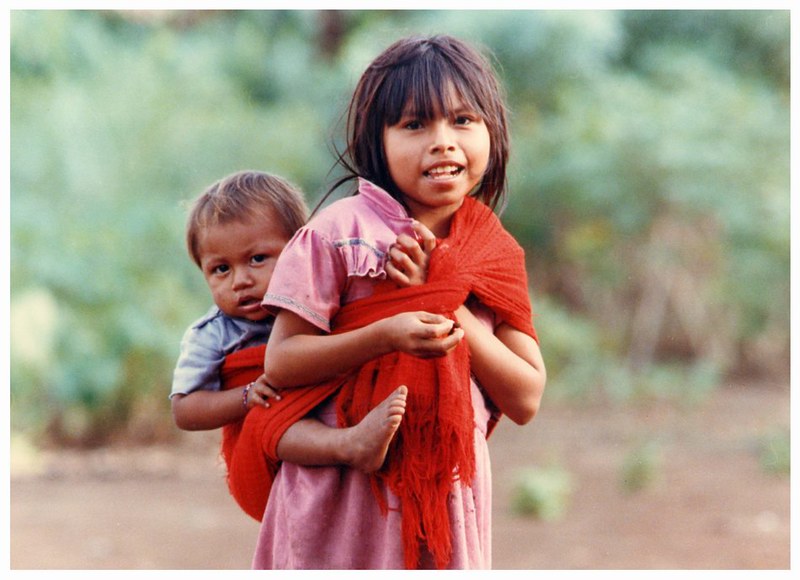 Child poverty in Ecuador is on the rise in Ecuador, resulting in poorer standards of living and higher rates of child mortality. Efforts from organizations around the world are successfully fighting against this, promoting the health and education of Ecuador’s youth.
Child poverty in Ecuador is on the rise in Ecuador, resulting in poorer standards of living and higher rates of child mortality. Efforts from organizations around the world are successfully fighting against this, promoting the health and education of Ecuador’s youth. The United Kingdom is known for being a popular city for tourists with sites, such as Big Ben, the London Eye and Buckingham Palace. However, what may not be as well-known is the fact that the UK struggles with a significant class difference. It has an ever-widening gap between the poor and the affluent, which leads to high rates of poverty in the UK, specifically for children.
The United Kingdom is known for being a popular city for tourists with sites, such as Big Ben, the London Eye and Buckingham Palace. However, what may not be as well-known is the fact that the UK struggles with a significant class difference. It has an ever-widening gap between the poor and the affluent, which leads to high rates of poverty in the UK, specifically for children.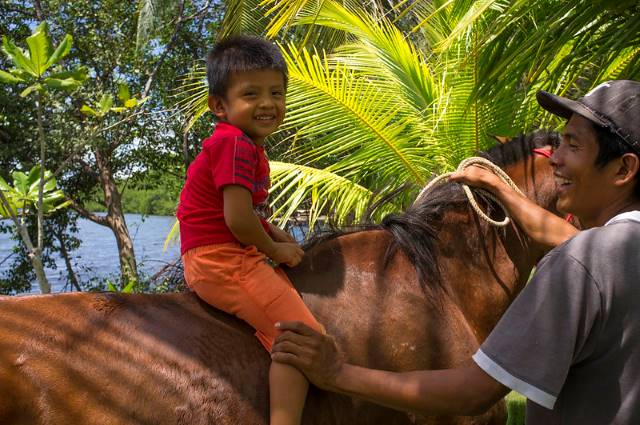
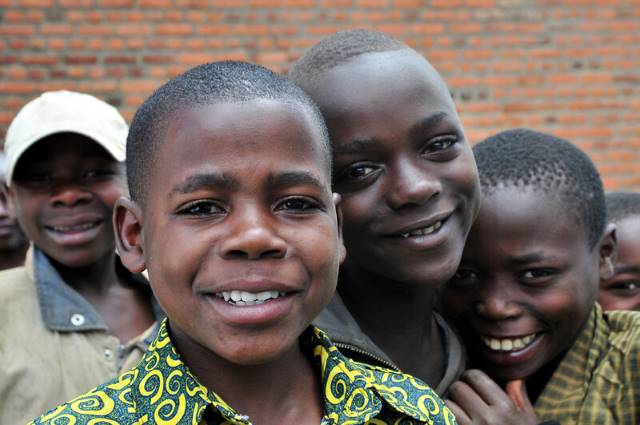 Rwanda, an East African country, has a population of about 12.3 million. Around 45% of the country’s population, roughly 5.4 million, are under the age of 18. The rate of poverty has decreased from 59% to 40% since 2000. Additionally, the rate of extreme poverty was
Rwanda, an East African country, has a population of about 12.3 million. Around 45% of the country’s population, roughly 5.4 million, are under the age of 18. The rate of poverty has decreased from 59% to 40% since 2000. Additionally, the rate of extreme poverty was  With the
With the 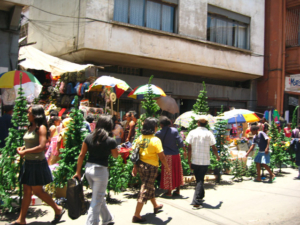 For most of the world, Christmas comes once a year. A day full of red bows and snow glistening in the December sun. Not so for Samaritan’s Purse, a nonprofit headquartered in North Carolina. For them, Christmas is not merely a holiday, but a lifestyle. Operation Christmas Child began as a mom and pop project in the United Kingdom. It quickly grew into a worldwide phenomenon under the umbrella of Samaritan’s Purse. Over 150 countries annually take part in the program. Every year
For most of the world, Christmas comes once a year. A day full of red bows and snow glistening in the December sun. Not so for Samaritan’s Purse, a nonprofit headquartered in North Carolina. For them, Christmas is not merely a holiday, but a lifestyle. Operation Christmas Child began as a mom and pop project in the United Kingdom. It quickly grew into a worldwide phenomenon under the umbrella of Samaritan’s Purse. Over 150 countries annually take part in the program. Every year 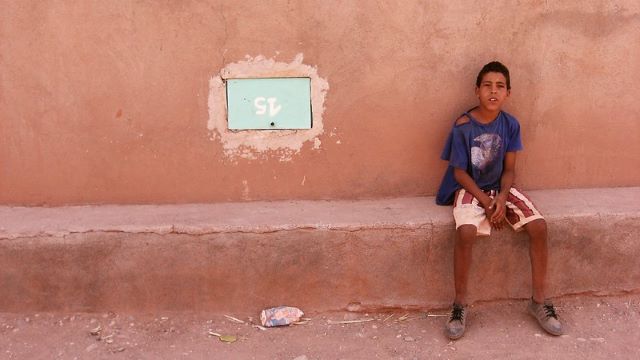 Morocco, a country bordering both Algeria and Western Sahara, has faced increased conflicts with the rising issue of homelessness. In the country, there are thousands without proper shelter as the problem worsens. However, newly implemented organizations are seeing rapid improvements in homelessness in Morocco.
Morocco, a country bordering both Algeria and Western Sahara, has faced increased conflicts with the rising issue of homelessness. In the country, there are thousands without proper shelter as the problem worsens. However, newly implemented organizations are seeing rapid improvements in homelessness in Morocco.